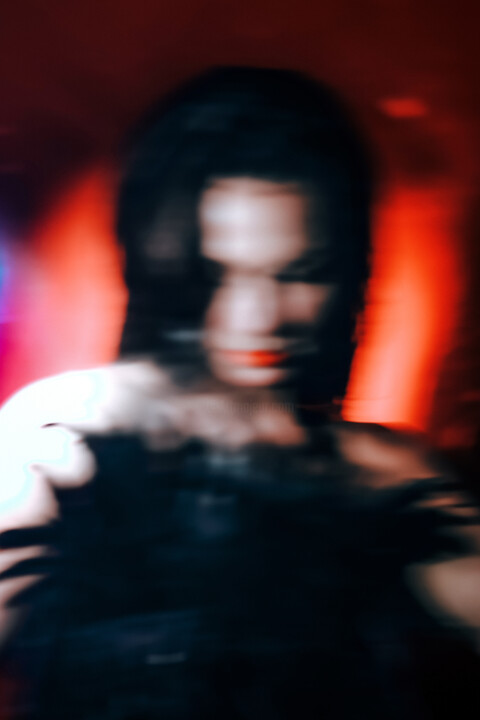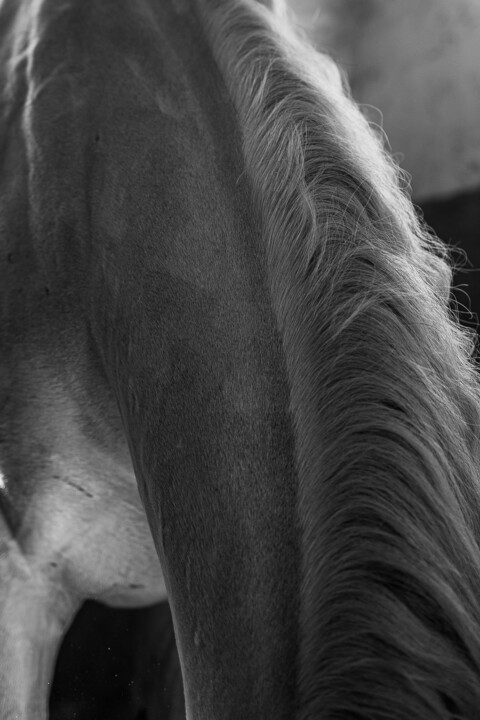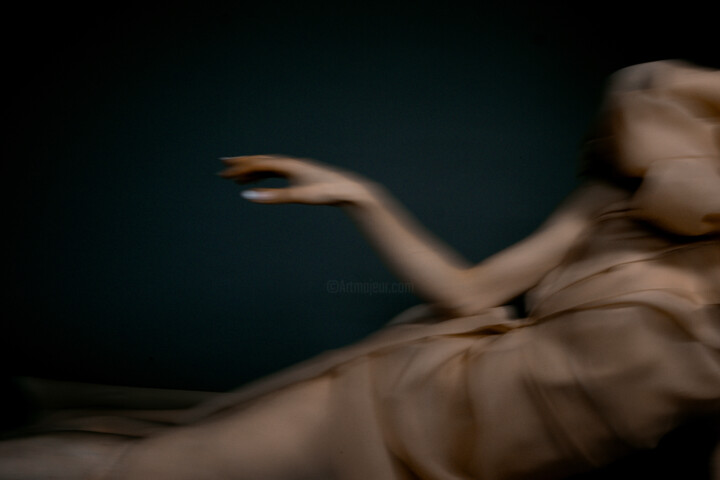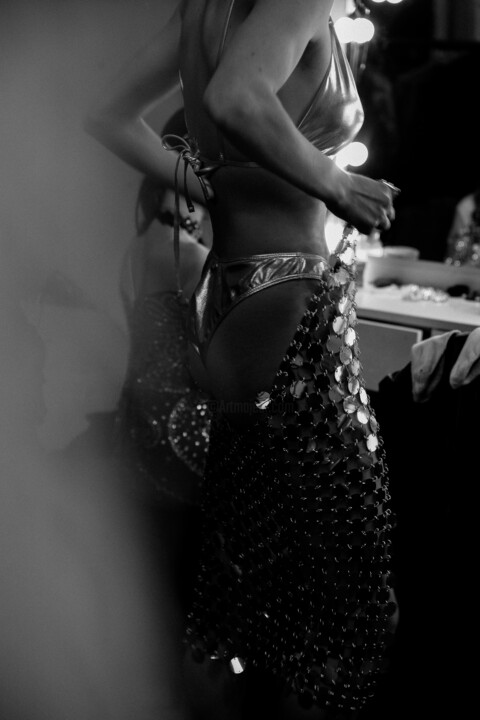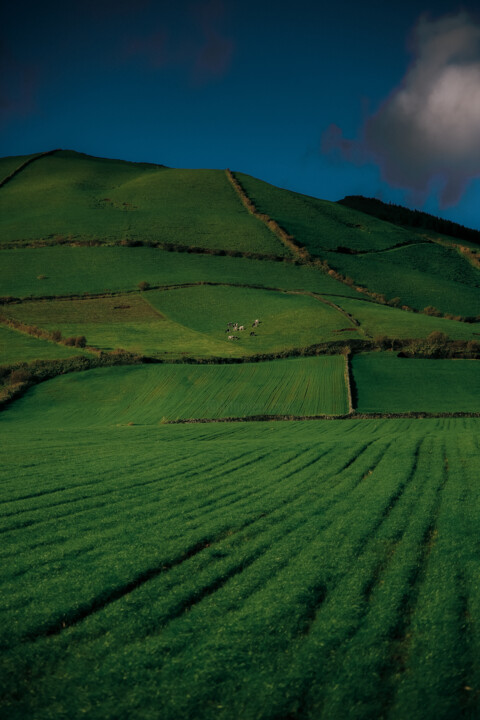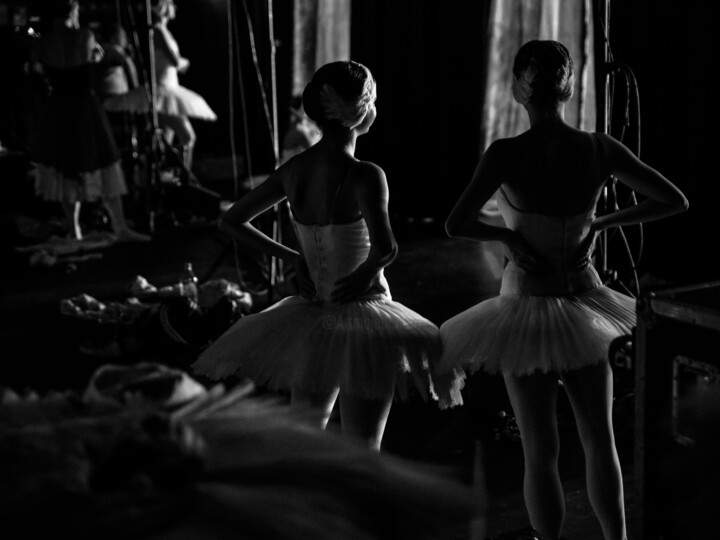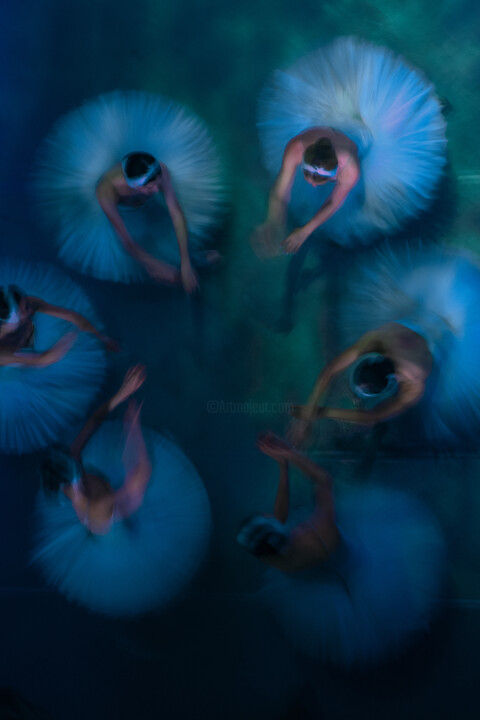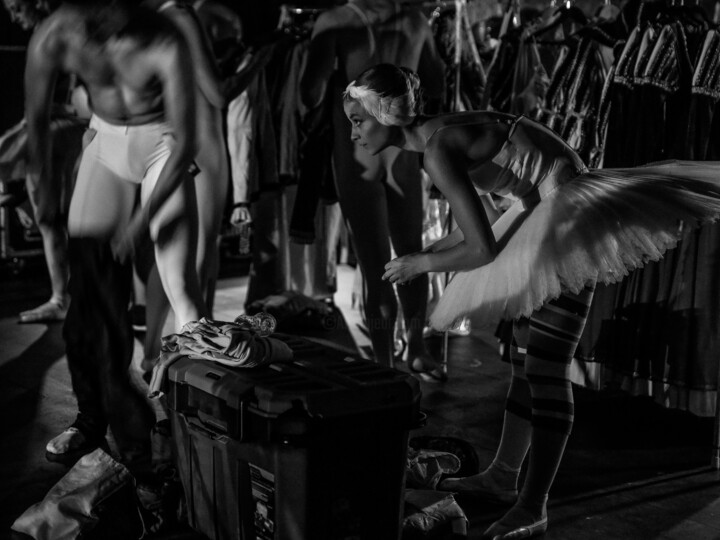What made you turn to art and become an artist? (events, feelings, experiences...)
The need to leave a mark on history. My introduction to art was not in my childhood, it was around the age of 18 that I started to get interested in painting and attended an art school, but a year later I realized that brushes were not my tool. My childhood was in high school (physics and mathematics), from which I entered three universities in the technical field. That's why I am an economist by first degree, but my soul has long been ignorant of any other instrument but art.
What is your creative path, the techniques and subjects you've experimented with so far?
I came to photography with the theme of social issues in the world around me, it seemed to me that through pain and suffering, through events and problems, one could reach people and change their perspective on life. It didn't take long before it became too difficult and painful for me, so I set out to discover new worlds, traveling and meeting different peoples, tribes and cultures around the world I traveled around Asia and Africa dreaming that National Geographic would one day notice me and a year later had my first solo photo exhibition where I showed women from a tribe in northern Thailand, their way of life, their children and parents and their stories. At that point in my career, I happened to meet a ballerina. She opened up to me a new, unique, elitist world of ballet, and I instantly felt that this was my creative language and my theme that I had been searching for for so long.
What are the 3 aspects that set you apart from other artists that make your work unique?
I don't want to compare myself to anyone, much less insist that there are three traits that make me different, we all intersect on some axis in the art world, with past incarnations and future ones... But I can say that there are three things that I am particularly proud of. First, I have an academic art degree, + a year-long program in teaching contemporary art, meaning I'm a certified photographic artist with an art history degree. Secondly I am proud of the fact that without being a ballet dancer I managed to stand behind the scenes of the world's top theaters and work with the top international artists and projects. And finally, each of my photographs is my personal story and the story of amazing ballerinas, co-written by us in order to be seen by as many viewers as possible.
Where does your inspiration come from?
This is both the easiest and the most difficult question to ask... I get inspiration from absolutely everything, I can see a new story in the timbre of the human voice, from new movies, from old movies, of course from theater and ballet. But most of the time I see the Renaissance in my work and subconsciously I turn to the artists of that period.
What is the intent of your art? What visions, feelings or sensations do you want to evoke in the viewer?
For me it's important to create an object of art that lives beyond time and fashion, something that would have been relevant a hundred years ago and will still be relevant a hundred years from now. That being said, it's important to say that in my work, it's not just my story, it's the story of each ballerina who shares her world with the viewer.
What is the process of creating your work? Spontaneous or with a long preparatory process (technique, inspiration from art classics or other)?
Depending on what kind of shoot. If I shoot backstage the results are always unpredictable, you can't control the artist's trajectory, the light and emotions. That's what I see a great thrill in shooting, as you often have just a second to see the shot and capture it. If we have an individual project with an artist, I study the person and I suddenly have ideas. I can fall in love with a ballerina's neck and devote the entire shoot to her, there are plenty of such examples, and in this too there is most often spontaneity and dialogue.
What techniques do you prefer? If so, can you explain it?
My tool is photography, I shoot not only with a digital camera but also with an analog camera, the process of merging the past and the future is important to me, so I print and develop my work myself.
Is there an innovative aspect to your work? Can you tell us which ones?
I'm not sure it's innovative but I often work with slow shutter speeds and multiple exposures, I like the unpredictable effect and I like the possibility of capturing time in the frame. Long shutter speeds of a few seconds give a surreal image and at the same time the dynamics of light and color, the elusive beauty of the moment, mystery and originality.
Is there a format or medium you feel most comfortable working with? If so, why?
I think my trademark is my b&w photography, so if you can call it a format, then b&w is probably it.
Where do you create your work? At home, in a shared or private studio? And how is your production organized in this space?
The more I can move around in my life, the more venues and ideas arise for my work. Sometimes I just find a beautiful city or place and a ballerina and we go there. I love to shoot in new countries and cultures, to meet ballerinas from new schools and theater, from Germany to Cuba, it's always like a breath of fresh air.
Does your work lead you to travel to meet new collectors, to exhibit? If so, what do you get out of it?
Collaborating with galleries, art consultants and design studios all over the world is one of the main incentives to move forward. I work with galleries from England, Spain, Italy and Germany. My work is in private collections all over the world and that gives me an incentive to go on and never stop.
How do you envision the evolution of your work and your figure as an artist in the future?
In the future I would like to experiment even more with the sizes and formats of my work, to open my own workshop where I could do baguettes, prints and frames. I have ideas about the interaction between photography and music, integrating one art form into the other.
What is the theme, style, or technique of your latest artwork?
For the last few years the theme of all my work has been ballet. I didn't even think that this world could be so enticing and that it had such an unlimited resource for inspiration.
Can you tell us about your most important exhibition experience?
About the latter, about a month ago my work was part of the Lange nacht der bilder/2022 project (Berlin). This is important for me because I moved to Berlin only six months ago and the way I am accepted by the cultural life of the German capital is a great joy.
If you could create a famous work of art history, which one would you choose? And why would you choose it?
Rodin "Man and his thought".
This is the most stirring piece of art I've ever seen.
If you could invite a famous artist (dead or living) to dinner, who would it be? How would you suggest he/she spend the evening?
I would invite Andy Warhol and ask him for PR advice.)) Who better than him to tell me how to be first in the art world.



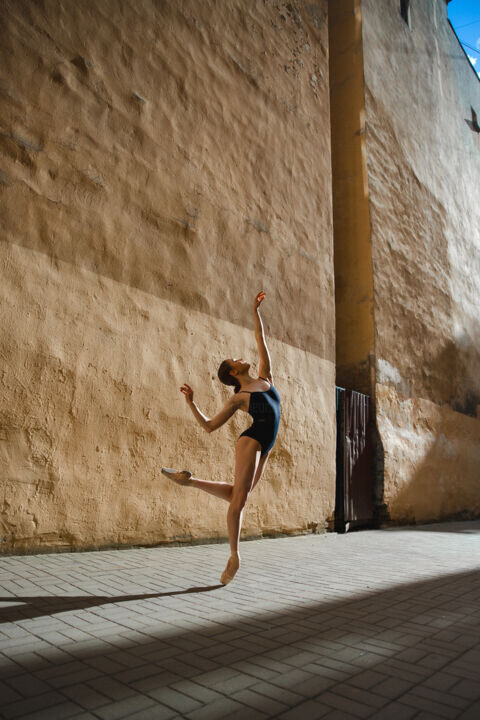

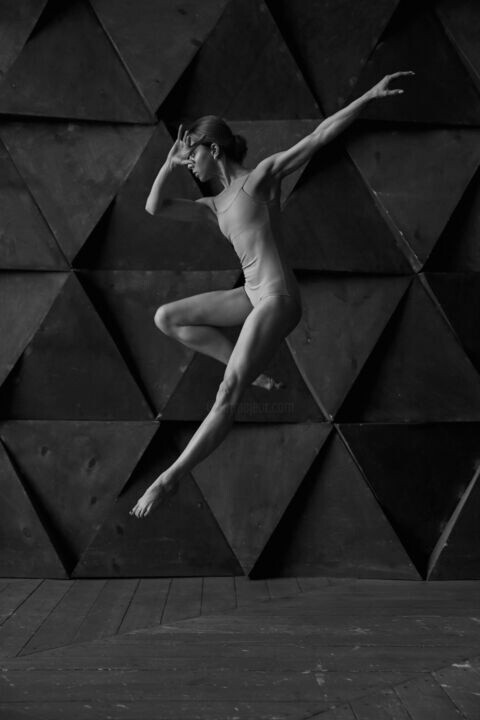

 Olimpia Gaia Martinelli
Olimpia Gaia Martinelli

